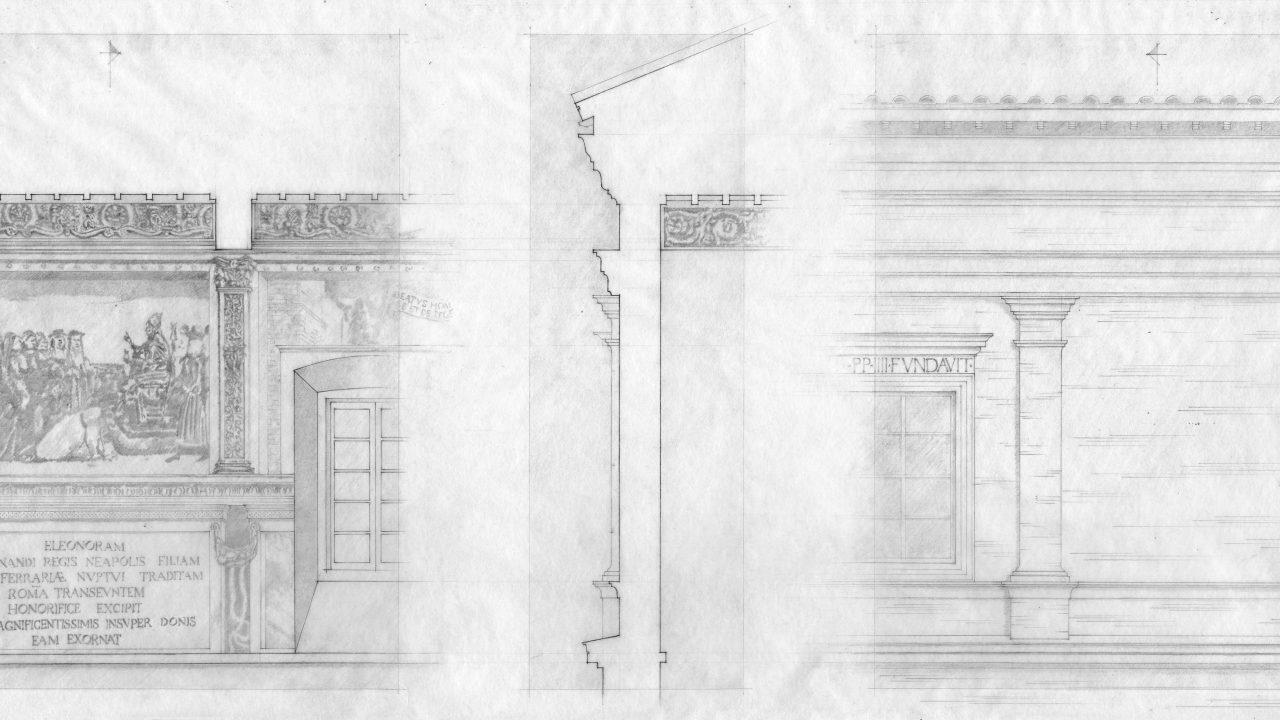Architectural Development in 15th Century Italy

CADC faculty member Carla Keyvanian was awarded a National Endowment for the Humanities (NEH) Summer Stipend for her book-length manuscript investigating the relationship between architectural development and history in fifteenth-century Italy. Her study, which builds on her previous work, focuses on Santo Spirito in Sassia, a hospital built near the Vatican by Pope Sixtus IV (1471 – 1484). The architecture of this Renaissance building is governed by a stringent set of modules based on mathematical ratios. The architectural language of this period hinged upon a revival of antiquity. The architecture of Santo Spirito incorporated instead elements from both the ancient and recent past, integrated into a modular system that amounted to a conceptual framework.
The architect of this extraordinary building is unknown. Keyvanian believes she has identified him in an individual who was both an architect-engineer and classicist of the highest caliber. The design of the hospital, she argues, represented a manifesto for architectural design based on geometric rigor while at the same time displaying a new understanding of the equal validity of all historical periods. Keyvanian’s study relies in part on a set of drawings produced by Ivan Vanchev (class of 2012) to investigate what she has identified as the unique intersection between architectural development and the emergence of a modern understanding of history during the Renaissance.
Keyvanian is currently in Italy as a recipient of the Rome Prize for Renaissance and Early Modern Studies at the American Academy in Rome. She will use the NEH Summer Stipend to continue her research in the State Archives of Rome and Padua while completing the first draft of her book.
Carla Keyvanian is professor in the School of Architecture, Planning, and Landscape Architecture.
See more in:
Faculty Accolades,
Research
Related people:
Carla Keyvanian